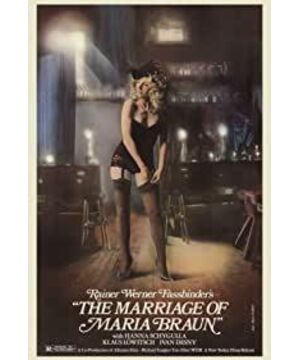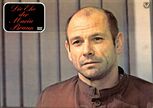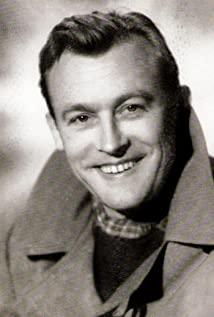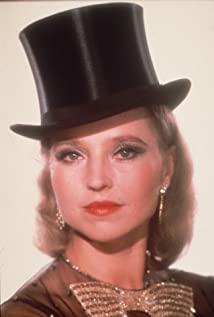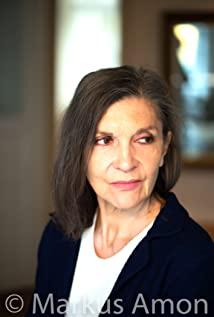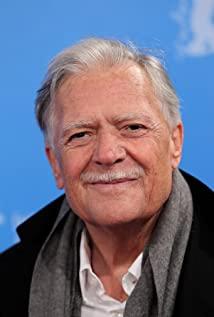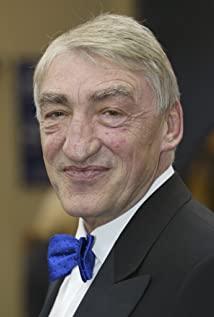The Marriage of Marie Braun is a masterpiece of post-war West German cinema because both the era in which the film's story is told and the era in which the film was created and produced are closely related to the social, cultural and historical context of post -war West Germany, and echo the social changes in post-war West Germany such as the economic recovery and the changing treatment and attitude towards the history of World War II. At the same time, due to social changes, the decline of the West German film industry and other factors, a turning point in the history of German cinema-New German Cinema which some of its characteristics are also reflected in the film Mary Braun's Marriage. The film began in 1943 and continues into the 1950s, while the film was created in 1978.
As Uecker (2001, p.46) said that Marie Braun's situation is largely a reflection of West Germany. In 1943, the world was still in the Second World War, countless German men had to leave their homes to go to the brutal battlefield, many soldiers have gone without return, Maria Braun had to be separated from her newlywed husband, and then received the news that her husband may, but the war brought more than separation, more terrible is die poverty and hunger. After the end of World War II, the whole of Germany is in a state of chaos, the people's living materials are also very scarce. In the film, Maria's husband returned to find her with other men, the first reaction was to pick up the bedside table American officer's cigarettes. Long-term material scarcity has mobilized the people's instincts as animals,so Maria did not choose to wash her face with tears but calmly numb makeup and perm in order to survive to go out to work. This was very similar to the West German society at that time, which was suffering from poverty, hunger and the trauma of the war. Some scholars see West German memory as a collective inhibition, and devoting energy to reconstruct Germany destroyed by war rather than examining history as a feature of that era (Kattago, 2001).and devoting energy to reconstruct Germany destroyed by war rather than examining history as a feature of that era (Kattago, 2001).and devoting energy to reconstruct Germany destroyed by war rather than examining history as a feature of that era (Kattago, 2001).
Then, under Adenauer's leadership, the 1950s were a golden period of rapid economic growth and prosperity for West Germany, which was known as the "economic miracle". In the film, Maria's success in business is not directly identified with the social context, but it is also inseparable from the social atmosphere of West Germany's full economic recovery at the time. This rapid economic growth and rapid changes in social life also have side effects. Society is developing rapidly, but people are morally stagnant, deceiving themselves and ignoring insights into their country's history (Elsaesser, 1996, p25). Through the change of Maria's appearance, for example, from the simple and miserable dress during the war era to the rich and glamorous makeup after the affluence,Fassbinder corresponds to the scene of West Germany under the economic take-off, and also through the dialogue between Maria and Hermann in the prison, through Hermann's mouth, he says: "Is everyone outside like this now? "reflect the moral chaos and the spiritual emptiness behind the material wealth of the time.
The film ends with Maria's suicide and time stops in 1954, however, the wheels of history do not stop. By the 1960s, West Germany was no longer poor internally but an affluent society, while the number of students in higher education was expanding rapidly and Marxist ideas and critical theories were spreading widely among young students, but externally West Germany, like other Western countries, was in turmoil and polarization. The 68 generation contributed to a rethinking of the Nazi past and the influence of former Nazis on the state in West German society, and laid the foundation for a more democratic and liberal political climate in West Germany. If the 1960s were a period of transition for West German society, the 1970s, after a certain degree of transformation,saw the beginning of a formal self-critical introspection of Nazi history and a gradual emergence from a phase of transition that was extremely painful and reluctant to face. Brandt's kneeling in front of the Jewish Monument in Warsaw in 1970 was also an expression of the change in the government's historical policy, ie to face and confront history openly. It was against this background that the new German cinema was born, and the production of the film represents a kind of criticism and reflection on the history and society of the 70s.It was against this background that the new German cinema was born, and the production of the film represents a kind of criticism and reflection on the history and society of the 70s.It was against this background that the new German cinema was born, and the production of the film represents a kind of criticism and reflection on the history and society of the 70s.
As the growing influence of Hollywood in the United States invaded the German market, and as a result of the criticism of the 1960s for the avoidance of historical issues in the 40s and 50s, the previously traditional German film industry was in serious decline, and in 1962 a group of young German filmmakers longed for a new film language and united to issue the Oberhausen Manifesto. The marriage of Maria Braun, a representative of the movie movement, also embodies many of the characteristics of the new German cinema. Firstly, Fassbinder used the anti-narrative technique to break the fantasy and destroy the narrative flow, the film is not simply talking about a mysterious encounter but is full of historical episodes of ordinary personal life and experience. All of Fassbinder's films feature the failure and ultimately shattered illusions of these uncompromising ideals (Elsaesser, 1996, p25). Secondly, the New German Cinema often adopts a unique approach to sound, for example, in The Marriage of Marie Braun there is often a background music with radio, especially at the end of the film, when Hermann returns again and Maria hears the contents of the will, the explosion that ends Maria's marriage, and the loud and excited screams of the sports commentators form a strong contrast, while the contrast between Maria's violent death and West Germany's success in the world in 1954 thus forms a historical metaphor.especially at the end of the film, when Hermann returns again and Maria hears the contents of the will, the explosion that ends Maria's marriage, and the loud and excited screams of the sports commentators form a strong contrast, while the contrast between Maria's violent death and West Germany's success in the world in 1954 thus forms a historical metaphor.especially at the end of the film, when Hermann returns again and Maria hears the contents of the will, the explosion that ends Maria's marriage, and the loud and excited screams of the sports commentators form a strong contrast, while the contrast between Maria's violent death and West Germany's success in the world in 1954 thus forms a historical metaphor.
The background of a society in a period can provide material and themes for film creation, and likewise film can be a mirror of society and the times, reflecting the problems that exist, and film can pull the audience's timeline back to the past or continue to act on the changing timeline, the relationship between the two is mutual and inseparable.
View more about The Marriage of Maria Braun reviews


